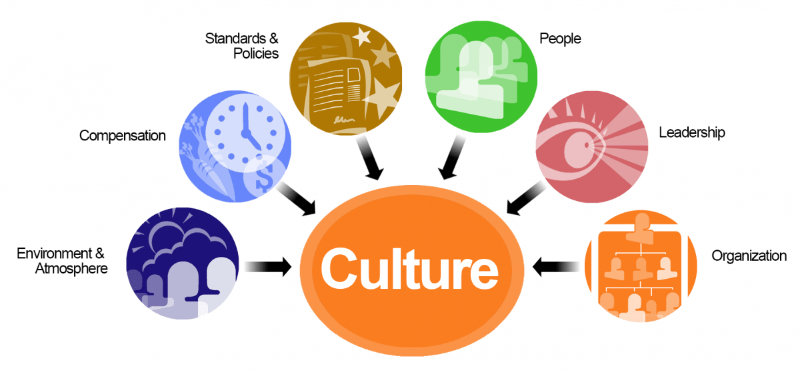How To Incorporate A Flexible Work Week Without Losing Productivity

What is AWS Amplify?
7th November 2022
Illuminating Dark Mode
9th November 2022Many companies are choosing to implement more flexible schedule policies as they understand the benefits of allowing their employees to work from outside the office. While there are numerous benefits to allowing employees to choose their work hours and from where they want to work, some companies are concerned that this would result in a loss of productivity.
- Focus On Work Results And Deadlines

Employers should understand that different workers are more productive at different times of the day. Therefore, they should shift their focus to work results and deadlines rather than the time of day and number of hours worked in order to achieve a successful outcome. By entrusting employees with the freedom that a flexible schedule allows, they will work that much harder to maintain their employers’ trust.
- Invest In Better Tools To Train And Track

In addition to supporting the culture of trust and ongoing frequent collaboration opportunities for your employees, consider investing in better tools to onboard, train, and track engagement and performance. Ultimately it’s about collaboration and getting the work done. If employees are empowered to do that without “doing the desk time,” this will drive a more engaged and productive workforce.
- Conduct Frequent One-On-One Meetings

Flexible work schedules mean managers need to work extra hard to stay connected with their people. Companies should invest in development that improves a manager’s effectiveness in conducting one-on-one meetings. Frequent one-on-one meetings are critical in a virtual environment when managers might not be able to tell if an employee is having an issue and needs help. They’re also shown to boost engagement and productivity.
- Create Mutual Contracts For Employees

Start with trust and a mutual contract with your employees. Most companies didn’t lose productivity during the pandemic. It is an archaic view of office work to think that everyone must be in an office nine to five. Provide learning and communication tools and determine which channels are best for innovation, collaboration, and communication. Let employees help design the best work environment for themselves.
- Shift From FaceTime To Flex Time

Many people fear that flexibility will hurt productivity, but research shows just the opposite. Managers need to shift their mindset from face time to flex time, which involves taking a big-picture view of each person’s contributions. Worry more about what gets done and less about when and where. If you continue to focus on goals and performance, employees will not disappoint you.
- Conduct Standing Daily Team Meetings

Have a standing daily meeting. This gives everyone a set time to get questions answered in a timely manner and be efficient in their day, whatever those work hours might be. Committing to a set time for check-in allows employees to know when deadlines or answers will need to be provided, while still allowing them flexibility in their schedule to do the work. They will feel ownership in their timeline.
- Work On Culture And Leadership Team

Work on your culture and leadership team so that you have the right climate and capabilities for your flexible work policy to thrive. The goal should be to make flexibility part of your culture and your leadership team’s core skill set and mindset, as opposed to a rigid policy that needs to be followed. Create conditions where people can be trusted and empowered, and then work on flexibility.
- Create Workflow Solutions For Collaboration

Creating workflow solutions that enable teams to collaborate seamlessly regardless of physical location is becoming a critical aspect of maintaining and increasing productivity. Recently, we have seen the rise of applications such as Box.com, Monday.com, and Slack, making it possible for teams to collaborate across the hall or around the globe.
- Set Core Hours To Maintain Productivity

Setting core hours is critical to maintaining productivity when implementing a flexible work schedule policy. It ensures that my team can work collaboratively while providing the flexibility needed for employees to work when they’re most productive and sustain a work-life balance. As a leader, I also need to model the right behaviors to support this flexibility.
- Clarify Goals And Alignment On Vision

Set clear goals and objectives for the individual and set a clear alignment on the vision for the team and the organization. This alignment will ensure an understanding of timelines. This needs to be coupled with a constant check-in process on roadblocks that get in the way and the support that’s needed to clear those problems for the person to do their best work.
For More Info, Contact Us On: https://xpertlab.com/





